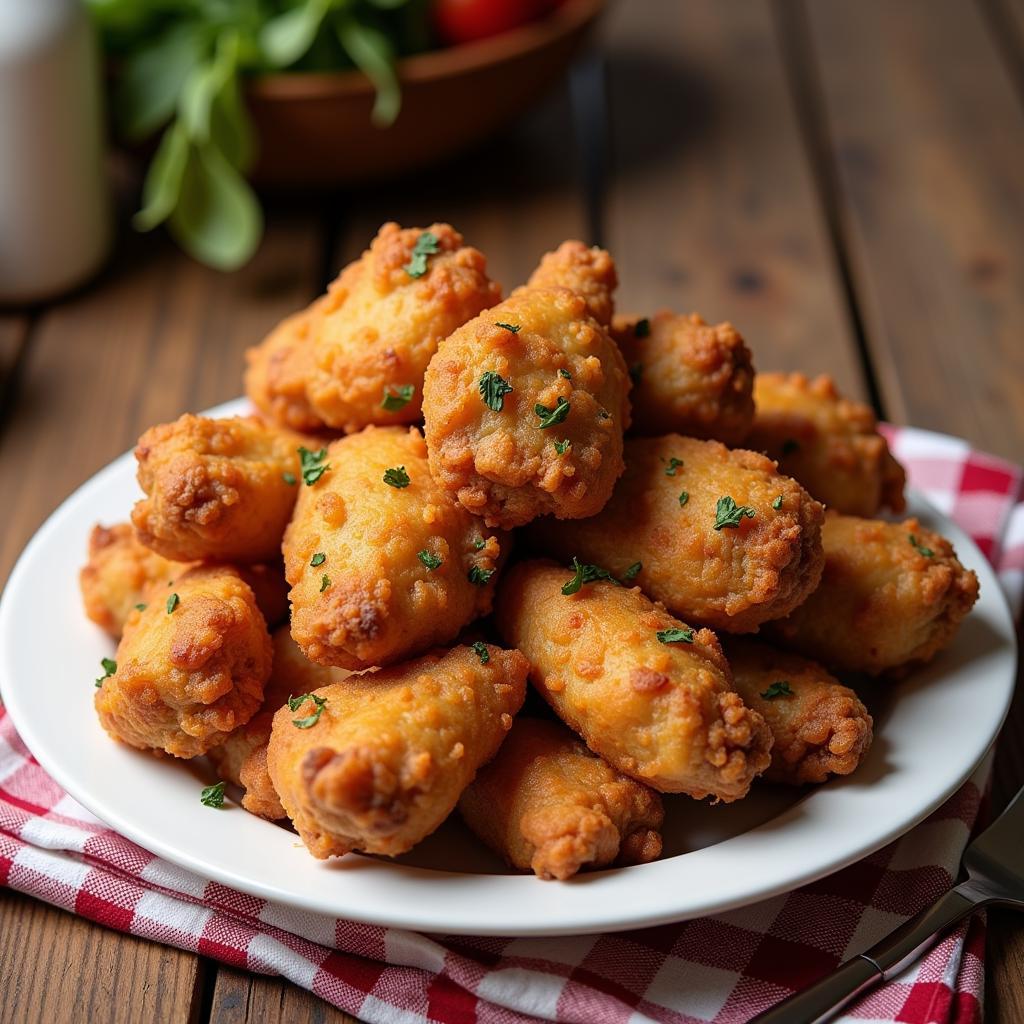The Ultimate Guide to African Grey Parrot Pellet Food
African Grey Parrot Pellet Food is a cornerstone of a healthy diet for these intelligent and social birds. Choosing the right pellets, alongside fresh fruits, vegetables, and healthy seeds, is crucial for their long-term health and well-being.
Understanding Your African Grey’s Dietary Needs
African grey parrots, native to the rainforests of Central and West Africa, thrive on a varied diet that mimics their natural foraging habits. In the wild, they enjoy a diverse selection of fruits, seeds, nuts, and vegetation.
Providing a similar variety in captivity is essential for their physical and mental stimulation. While fresh foods are crucial, high-quality African grey parrot pellet food forms the foundation of a balanced diet, ensuring they receive all the essential nutrients they need.
Why Choose Pellets for Your African Grey?
Pellets offer a significant advantage over seed-based diets, which are often deficient in vital nutrients and high in fat. Here’s why pellets should be a staple in your African grey’s diet:
- Complete Nutrition: High-quality pellets are specifically formulated to meet the nutritional requirements of African grey parrots, containing a balanced blend of vitamins, minerals, protein, and carbohydrates.
- Reduced Waste: Unlike seed mixes, where birds often selectively eat certain seeds, pellets offer a consistent and complete nutritional profile in each bite, minimizing waste and ensuring balanced nutrition.
- Dental Health: The act of chewing on pellets helps to keep your parrot’s beak trimmed and promotes good dental hygiene.
Choosing the Right African Grey Parrot Pellet Food
Navigating the vast array of parrot pellet options can be overwhelming. Here are some crucial factors to consider when making your selection:
1. Ingredients Matter:
- Look for pellets with natural ingredients: Avoid artificial colors, flavors, and preservatives.
- Identify the primary protein source: Opt for pellets with high-quality protein sources like poultry, legumes, or nuts.
- Check for added vitamins and minerals: Ensure the pellets contain essential vitamins like A, D3, E, and K, as well as minerals like calcium, zinc, and iron.
2. Pellet Size and Shape:
- Choose a pellet size appropriate for your parrot’s beak: Smaller pellets are suitable for younger or smaller-beaked birds.
- Consider the shape and texture: Some parrots prefer pellets with varying shapes and textures, which can enhance their feeding experience.
3. Brand Reputation and Reviews:
- Research reputable brands: Look for brands known for their quality ingredients and commitment to avian nutrition.
- Read reviews from other parrot owners: Gain insights into the palatability and effectiveness of different brands from experienced bird owners.
Transitioning Your African Grey to Pellets
Transitioning your parrot to a pellet-based diet requires patience and a gradual approach. Here are some helpful tips:
- Introduce pellets gradually: Start by mixing a small amount of pellets with their existing food, gradually increasing the ratio of pellets over time.
- Offer pellets at various times: Parrots are often more receptive to trying new foods in the morning or when they are slightly hungry.
- Make pellets appealing: Moisten dry pellets with warm water or low-sodium broth to soften them and enhance their flavor.
- Be patient and persistent: It may take time for your parrot to accept pellets, so remain consistent with your efforts.
Beyond Pellets: Supplementing Your African Grey’s Diet
While pellets provide a solid nutritional base, a truly enriching diet for your African grey involves a variety of fresh foods.
- Fresh Fruits and Vegetables: Offer a colorful assortment of fruits and vegetables daily, such as leafy greens, berries, apples, bananas, carrots, and broccoli.
- Healthy Seeds and Nuts: Supplement their diet with a small portion of healthy seeds like flaxseeds, chia seeds, and pumpkin seeds, along with nuts like almonds and walnuts.
- Cooked Foods: Occasionally offer cooked foods like brown rice, quinoa, or sweet potatoes, ensuring they are prepared without salt, sugar, or seasonings.
African Grey Parrot Pellet Food: FAQs
Q: How much pellet food should I feed my African grey parrot?
A: The exact amount varies depending on the parrot’s age, activity level, and metabolism. However, a general guideline is to offer about 1/4 cup of pellets daily, alongside fresh foods.
Q: Can I feed my African grey parrot only pellets?
A: While pellets are nutritionally complete, it’s essential to offer a variety of fresh foods to provide enrichment and mimic their natural diet.
Q: My African grey refuses to eat pellets. What should I do?
A: Try different brands or flavors of pellets. You can also try moistening the pellets, mixing them with their favorite foods, or offering them at different times of the day.
Q: How often should I change my parrot’s pellet food?
A: Replace your parrot’s food with fresh pellets daily to prevent spoilage and bacterial growth.
A Lifelong Commitment to Your Feathered Companion
Choosing the right African grey parrot pellet food is a fundamental aspect of responsible parrot ownership. By understanding your parrot’s nutritional needs and carefully selecting their diet, you contribute significantly to their long-term health, happiness, and well-being.
Remember, a well-nourished African grey is a happy, active, and engaged companion. For more information on African grey parrot care, explore our comprehensive guides on African grey parrot how long do they live, African grey losing feathers, and African grey parrot food on Amazon. If you have specific questions or require personalized advice, our team of avian experts is here to assist you. Contact us at +255768904061, email us at [email protected], or visit our center in Mbarali DC Mawindi, Kangaga, Tanzania. We offer 24/7 customer support to address all your parrot care needs.


